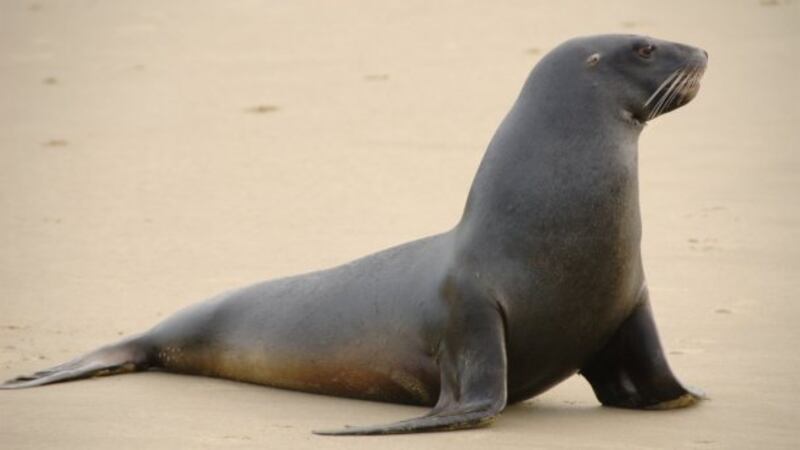New Zealand’s oceans, coasts, and marine wildlife are under serious and growing pressure, according to the first national report from the Ministry for the Environment and Statistics New Zealand about the marine environment.
Our Marine Environment 2016, released today, identifies three top areas of concern including marine species extinction, ocean acidification and coastal degradation.
Most of New Zealand’s marine bird species are threatened with or at risk of extinction, including species of albatrosses, penguins, and herons. More than one-quarter of marine mammal species are threatened with extinction, including the New Zealand sea lion and species of dolphins and whales. These animals have important roles in marine ecosystems and are tāonga (treasures) to Māori.
In addition, Global greenhouse gas emissions are causing ocean acidification and warming – changes that will continue for generations and will cause particular harm to marine organisms with carbonate shells like pāua, mussels, and oysters.
New Zealand’s coasts are under the most pressure from human activities and are the most degraded of all marine areas. This is due to sediment and nutrients washed off the land, introduced marine pests, and seabed trawling and dredging.
In a joint statement accompanying the report, Secretary for the Environment Vicky Robertson and Government Statistician Liz MacPherson highlight the importance of international solutions to climate change in tackling the issue.
“Our marine environment 2016 highlights the importance of taking an international view of environmental stewardship,” say Robertson and MacPherson.
“On a global scale, high concentrations of greenhouse gasses in the atmosphere are increasing ocean temperatures. In addition, increasing atmospheric concentrations of carbon dioxide are causing the oceans to acidify. Our data show similar trends in New Zealand waters.
“While the full implications for New Zealand are not clear, these physical and chemical changes to our marine environment are expected to continue for generations.”
Statistics NZ also released the companion report, New Zealand’s marine economy: 2007–13 today. It showed that the marine economy contributed 1.9 percent, or $4 billion, to our gross domestic product (GDP) in 2013, about the same as the 2 percent contribution in 2007.
MacPherson says the economy and environment reports complemented each other and provided a wider picture of our relationship with the marine environment.
“We’re a maritime nation. Having healthy and resilient oceans is important for all New Zealanders and for our economy. Today’s marine environment report shows that our marine environment is facing a number of serious challenges,” says MacPherson.
According to Robertson, our oceans are also facing multiple and cumulative pressures that have been building over generations in Aotearoa. They are pressures from both land and sea-based human activities.
“Fishing bycatch, introduced predators, and habitat change are among a raft of reasons for the poor state of much marine wildlife,” says Robertson.
However, Robertson says that when challenges have been identified and New Zealanders have worked together on addressing the issues the results have been positive. For example, changes in fishing practices in recent years have eased some pressures on the marine environment.
“The number of seabirds caught by commercial fishing bycatch almost halved from around 9,000 in 2003 to 5,000 in 2013. The improvements are likely to be helped by mitigation measures, such as bird-scaring and sea lion exclusion devices,” says Robertson.
“By shining a light on the issues through this report we are able to focus on the most pressing and urgent areas to address. It also gives us a better understanding of the size of the challenges ahead.”
The report is the first since the Environmental Reporting Act was enacted in June 2016. The next report – about fresh water – will be out in April 2017.

